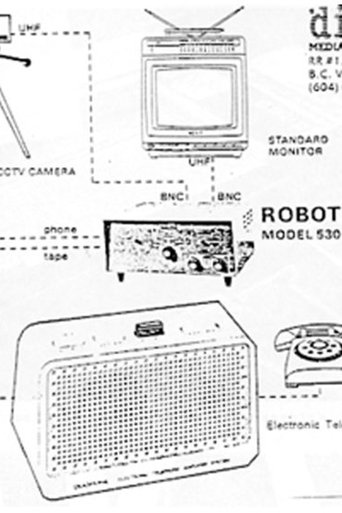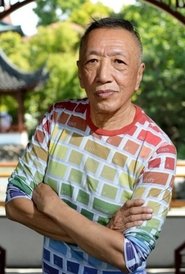
Hands Across the Border
Hands Across The Border was a seven city slow scan collaboration. With participation from Paul Wong, Sharon Levett & Daryl Lacey, Video Inn, Vancouver;Randall Lyon & Gus Nelson, Televista Projects, Memphis; Sharon Grace, Video Free America, Berkeley Art Museum, U.C.; Peggy Cady, Bill Bartlett, Chas Leckie. Open Space, Victoria; Felix Partz, Jorge Zontal & Willoughby Sharp, General Idea, Toronto; Liza Bear & Robin Winters, Center for New Art Activities, NY.; et al. Slow-scan television equipment used a computerised memory to sample a picture from a television camera every few seconds, “freeze” it and send it down a telephone line as an audio signal. The machines could only be used between two points at a time. At the receiving end, the signal was decoded and slowly scanned out a still frame on a television monitor.
- Overview
- Crew
Hands Across the Border
- Overview
- Crew
Status
Released
Release Date
Jan 1, 1978
Original Title
Hands Across the Border
Production Companies
Video Inn Vancouver, Televista Projects, Video Free America, Open Space Films, General Idea, Center for New Art Activities
Director
Paul Wong
Description
Hands Across The Border was a seven city slow scan collaboration. With participation from Paul Wong, Sharon Levett & Daryl Lacey, Video Inn, Vancouver;Randall Lyon & Gus Nelson, Televista Projects, Memphis; Sharon Grace, Video Free America, Berkeley Art Museum, U.C.; Peggy Cady, Bill Bartlett, Chas Leckie. Open Space, Victoria; Felix Partz, Jorge Zontal & Willoughby Sharp, General Idea, Toronto; Liza Bear & Robin Winters, Center for New Art Activities, NY.; et al. Slow-scan television equipment used a computerised memory to sample a picture from a television camera every few seconds, “freeze” it and send it down a telephone line as an audio signal. The machines could only be used between two points at a time. At the receiving end, the signal was decoded and slowly scanned out a still frame on a television monitor.
